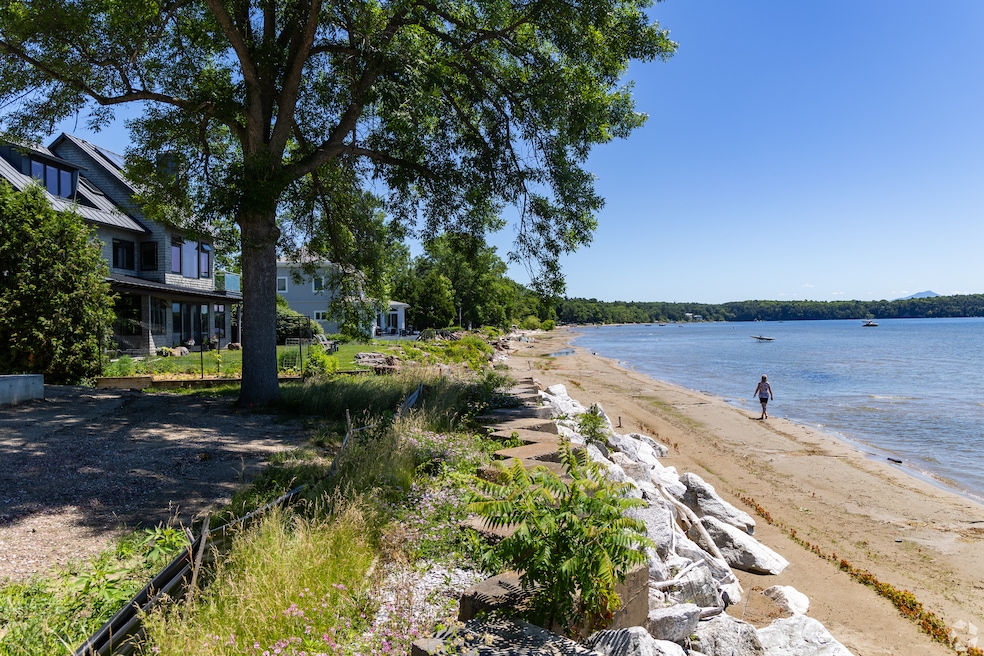Residential real estate wealth across the United States rebounded in the second quarter, with almost half of the nation's mortgaged homes counted as equity-rich, according to new data.
The metric measures loans on a property against its estimated market value. "Equity-rich" homes have loans of less than half the residence’s estimated value, while "underwater homes" carry loans at least 25% greater.
In the second quarter, 47.4% of mortgaged houses were equity-rich, analytics company ATTOM indicated in the "U.S. Home Equity and Underwater Report," released Thursday. The measure was up more than 1% from the first quarter’s 46.2% and marked a reversal of the 2024-era pattern that saw the proportion of equity-rich U.S. homes dipping for three consecutive quarters after hitting a peak of 49.2%.
On the flip side, 2.7% of mortgaged U.S. homes were underwater in the second quarter of the year, ATTOM found. That was a hair down from the 2.8% of last quarter, but up from the 2.4% measured at this time last year.
New England has lots of equity-rich homes
On a regional basis, New England — Connecticut, Maine, Massachusetts, New Hampshire, Rhode Island and Vermont — had the highest proportion of equity-rich homes in the second quarter, according to the report.
Vermont led the pack with a hefty 84.9% of mortgaged homes counting as equity-rich, followed by New Hampshire and Rhode Island tied at 60.3%. Montana and Hawaii also made the top five list, boasting 59.2% each.
Vermont also has the nation’s top equity-rich county: Chittenden, home to Burlington and South Burlington, with 90.7% equity.
Part of Vermont’s high proportion of equity-rich homes stems from a tight housing market exacerbated by a pandemic-era demand for the state's outdoor lifestyle, explained Steve Lipkin, a broker with Coldwell Banker Hickok and Boardman Realty in Burlington.
“In Vermont, we have pretty robust zoning and permitting, and it really takes years to navigate housing development,” Lipkin said. “So, we don’t have a lot of speculative neighborhoods being built or housing being provided.”
When markets shift, he continued, the Green Mountain State doesn’t get caught with a lot of excess inventory, which buffers its homes with “steady, solid equity and appreciation.”
For now, that steadiness is leaving home sellers “really well positioned if they’ve got good equity and a good mortgage,” Lipkin detailed. That can be challenging for Vermont’s buyers, he noted, although that picture could shift as the days of bidding wars and waived contingencies “seem to be over.”
“I think we are seeing the days on the market increase a little bit, and we’re seeing some price reductions,” he said. That leaves buyers with more options than they had “certainly six months or a year ago,” he continued, so they don’t have to rush quite as quickly to make offers and “can be a bit [choosier].”
As for New England’s robust slice of equity-rich homes overall, Lipkin wondered whether it might have something to do with how homeowners spend their money in these northern states.
“Yankees value substance over style,” he speculated. When homeowners come into money, he has noticed, they might “prioritize practicality over flash,” investing their savings into improvements like advanced insulation or solar panels instead of leasing a sports car.
“I feel like they’re doing smart things to protect their real estate and their investment,” he noted. “That’s kind of the New England practicality.”
Four states and DC see more homeowners struggling
Overall, proportions of equity-rich residences were not spread evenly across the county, the report found. Last quarter, ATTOM’s report found notable disparities between states in the Midwest.
Thirty-seven states and Washington, D.C., saw their proportion of equity-rich homes rise in the second quarter, but only 19 boasted healthier percentages than a year earlier. States including Connecticut, New Jersey, Alaska, and Wyoming nabbed the largest annual increases in proportion of equity-rich homes, while Florida, Arizona, Georgia, Colorado and Washington saw the biggest annual decreases.
Michigan had the highest density of counties boasting the largest proportions of equity-rich homes: 10 of the nation’s top 25, according to the report, were all in the Great Lake State.
When it came to underwater houses, Kansas, Louisiana, D.C., Georgia, and Iowa saw annual increases as homeowners struggled under the weight of their loans. The picture was sunnier, however, for West Virginia, Mississippi, Connecticut, North Dakota and New Jersey, which all experienced notable decreases in their percentages of underwater homes.

